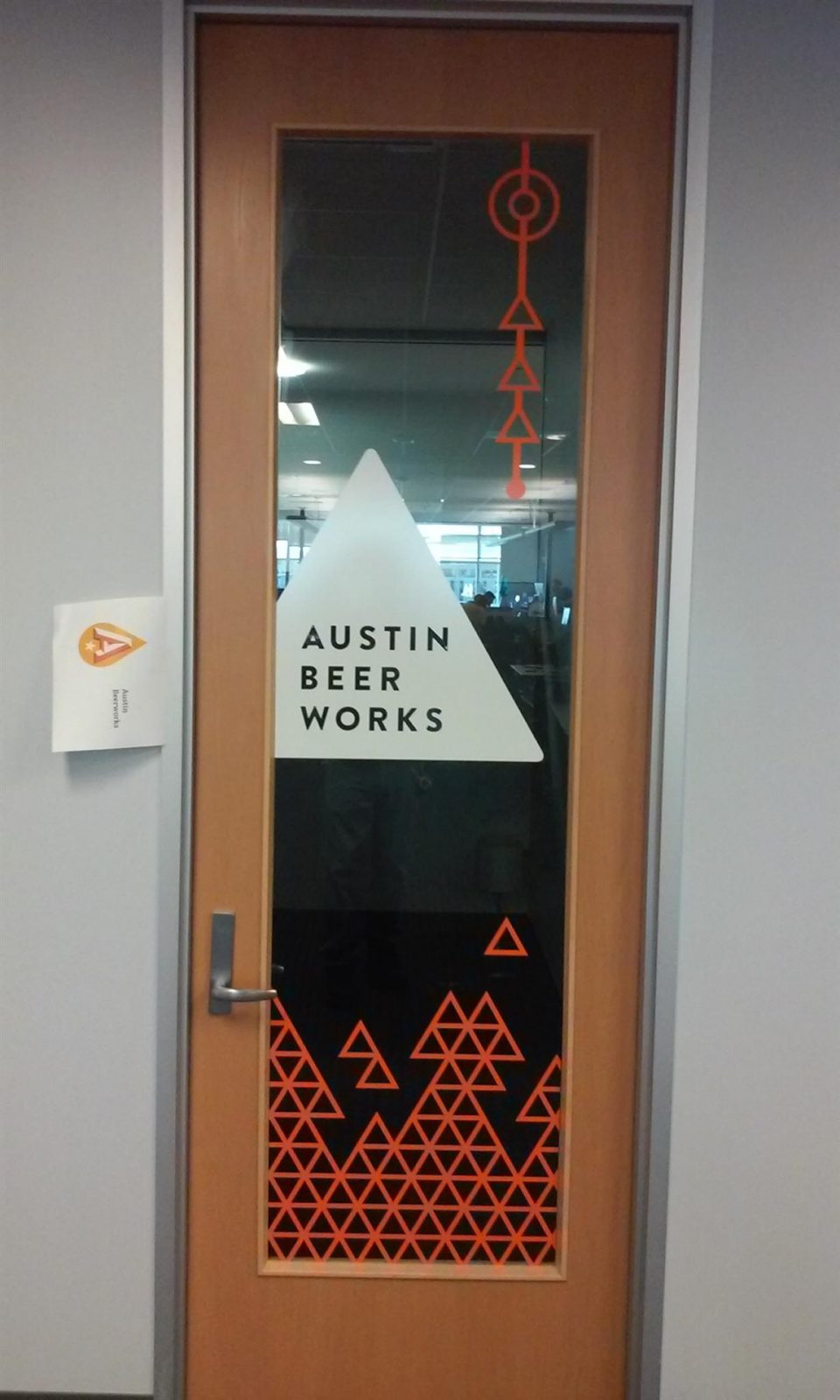
Inside Facing Outside Printing a.k.a 2nd Surface Printing
In this post, we will discuss “inside facing outside” printing. This is usually this is called 2nd surface printing and it is usually used on clear window clings or other adhesives intended for window graphics. If you want to learn more about “outside facing outside” window graphics, then check out our other blog post here.
Don’t sweat it! We’ve got you covered
We get questions about how to set up a file for inside facing out printing. Sometimes the image needs to be reversed, and sometimes white ink is needed. This can be complicated, but don’t sweat it! As always, we will inspect your file before it goes to print and make any needed adjustments. So, when in doubt, send us your files, tell us what you want, and we will make sure your project is successful.
Advantages
The main advantage to using “inside facing out” or 2nd surface printing is that installation is usually less complicated. Typically, it is easier to access window from the inside, and the display surface requires less cleaning and other preparation. However, the greatest benefit is that you don’t have to worry about the outdoor weather. If it is too hot, the adhesives can become very sensitive and can develop wrinkles very easily causing the graphic to lose shape or extending the installation time thereby driving up costs. If the surface is too cold (less than 50oF) then the adhesive may not fully activate and then you can expect the edges of the graphic to curl. As a result, you project can get delayed by cold weather thereby making installations on the inside a more reliable solution.
Disadvantages
Nonetheless, there are a few drawbacks to printing on the second surface. First, it is generally considered more difficult to color match when printing a CMYK layer on a white ink layer. Second, there are size limitations – most white ink applications at American Color Labs are limited to panels no larger 4’ by 8’. Finally, the printing process is more expensive because it demands that twice the amount of ink is applied in the printing process. Nonetheless, this increase in printing cost can be offset by savings in installation costs, so consider your total project costs before making this decision.
Contact us today for a free consultation — we will get you into the right product and make sure your project is successful.
